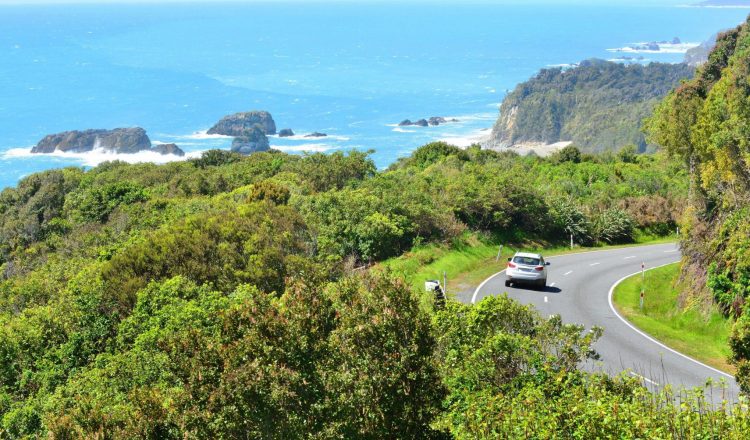アルコールおよび薬物
アルコールや薬物は、反応速度を低下させ、感覚や判断力に影響を与えるなど、運転に深刻な影響を与えます。アルコールは、ニュージーランドにおける交通事故の2番目に大きな要因となっています。
責任あるドライバーでいるには、血中アルコール濃度が許容値を超えているときや、判断力を低下させる可能性のある薬物を摂取しているときには、決して運転しないことです。
アルコールや薬物の影響について
合法・非合法を問わず、アルコールや薬物の影響下で運転すると、自分自身や他の人を死亡させたり重傷を負わせたりする危険性があります。
アルコールは血中に吸収されると、脳を含む重要な器官に侵入します。その結果、反応が鈍くなり、判断力や視力が低下し、運転に支障をきたすことになります。薬物も同様の作用があります。また、アルコールも薬物も、疲労のリスクを高めます。
呼気1リットルあたり250マイクログラム、血液100mlあたり50ミリグラム(現在の20歳以上のドライバーの法定制限値)でも、血中アルコール濃度がゼロのドライバーに比べて、事故に遭う確率は2倍になります。
飲酒や薬物の影響を受けた運転関連の事故による膨大な損失の一部を紹介します。
- 死亡・負傷
- 精神的
- (ドライバーの)社会的排除
- 長期的な経済的損失
- 法的責任 – 過失致死罪から「制限超過」までさまざまな罪
- 罰則 – 懲役、免許の剥奪および/または資格の剥奪、罰金を含む
- 保険金の損失
飲酒運転
- 飲酒量の認識は人それぞれですが、法律は正確に定められています。20歳以上の場合、運転をしてもよい法定血中アルコール濃度は、血液100mlあたり50ミリグラム以下です。
- 20歳未満の場合は、アルコールゼロの制限があります。つまり、1杯でも飲んだ後に運転すると、飲酒運転の罪に問われる可能性があるのです。
- 備えあれば憂いなし:お酒を飲む予定の人は、運転しないように計画しましょう。
- アルコールや薬物の影響を受けて運転するという、他人の誤った判断に付き合わないようにしましょう。
薬物を使わない
服用している薬が運転能力に影響を与える可能性があるかどうかは、医師または薬剤師に尋ねてください。薬物によって障害を受けた状態で運転することは違法であり、たとえ合法的に処方された薬物であっても同様です。

















































